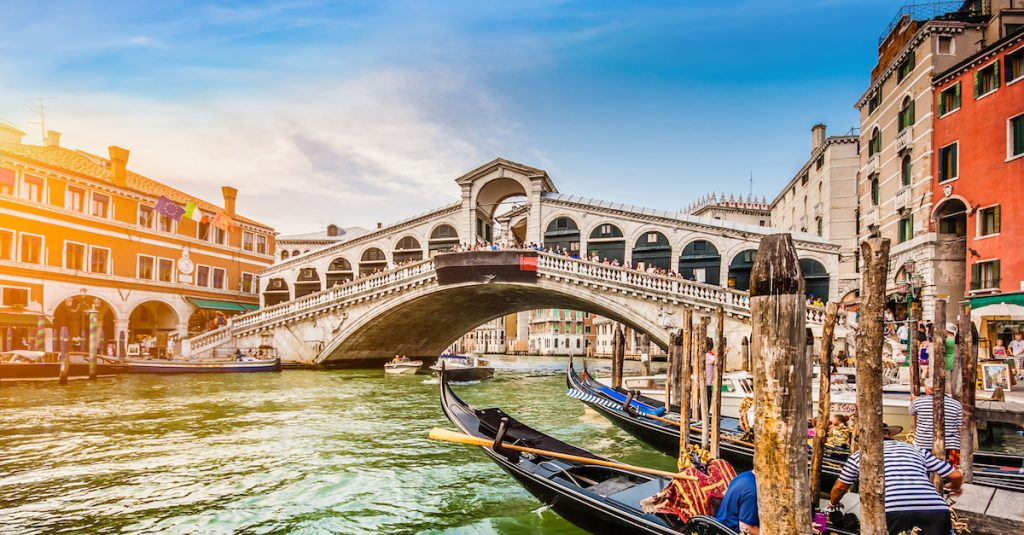Venice takes bold steps to manage the influx of tourists by implementing strict regulations.
- Tour groups are now limited to a maximum of 25 people across Venice and its islands, including Burano, Murano, and Torcello.
- The use of loudspeakers is prohibited to minimise disturbances caused by mass tourism.
- Venice introduced a €5 fee for day visitors, marking the beginning of efforts to control visitor numbers.
- These measures have been enacted to address environmental and cultural concerns threatening this historic city.
Venice, renowned for its intricate canal systems and historical significance, is facing challenges associated with over-tourism. In a decisive move to combat these issues, new regulations have been implemented, restricting tour group sizes to a maximum of 25 people. This applies not only to the city itself but also extends to the nearby islands of Burano, Murano, and Torcello. By controlling the number of individuals in each group, Venice aims to mitigate the impact tourists have on its delicate infrastructure and cultural heritage.
The ban on loudspeakers is another key measure in Venice’s strategy to address the disturbances often generated by mass tourism activities. This not only aims to preserve the tranquil environment of the city but also to ensure that local residents and visitors can enjoy the authentic ambience without unwanted interruptions. The city’s decision reflects a growing awareness of the need to maintain a balance between tourism and quality of life for its citizens.
In addition to these restrictions, Venice has introduced a €5 fee for day visitors. This initiative, launched in April, serves as a preliminary step to regulate the number of tourists during peak seasons. By imposing this fee, the city hopes to discourage short-term visits that do not contribute significantly to the local economy while exerting considerable pressure on the city’s resources.
Venice has reached a notable milestone, as the number of tourist beds now exceeds the number of official residents for the first time. With fewer than 50,000 residents remaining in the historic centre, managing the tourist influx is crucial. This demographic shift underscores the urgency of implementing effective measures to protect the city’s UNESCO World Heritage status, which has been at risk due to a combination of climate change and the high volume of tourists.
Elisabetta Pesce, the official overseeing city security, stated that the measures are designed to improve the management of tourist groups, particularly in the historical areas. Meanwhile, UNESCO has acknowledged Venice’s efforts and refrained from adding the city to the list of World Heritage sites at risk, recognising ongoing initiatives like the anti-flooding systems and the steps taken to alleviate tourism pressures.
Venice’s comprehensive strategy exemplifies a proactive approach to safeguarding its cultural and environmental heritage from the threats posed by over-tourism.

